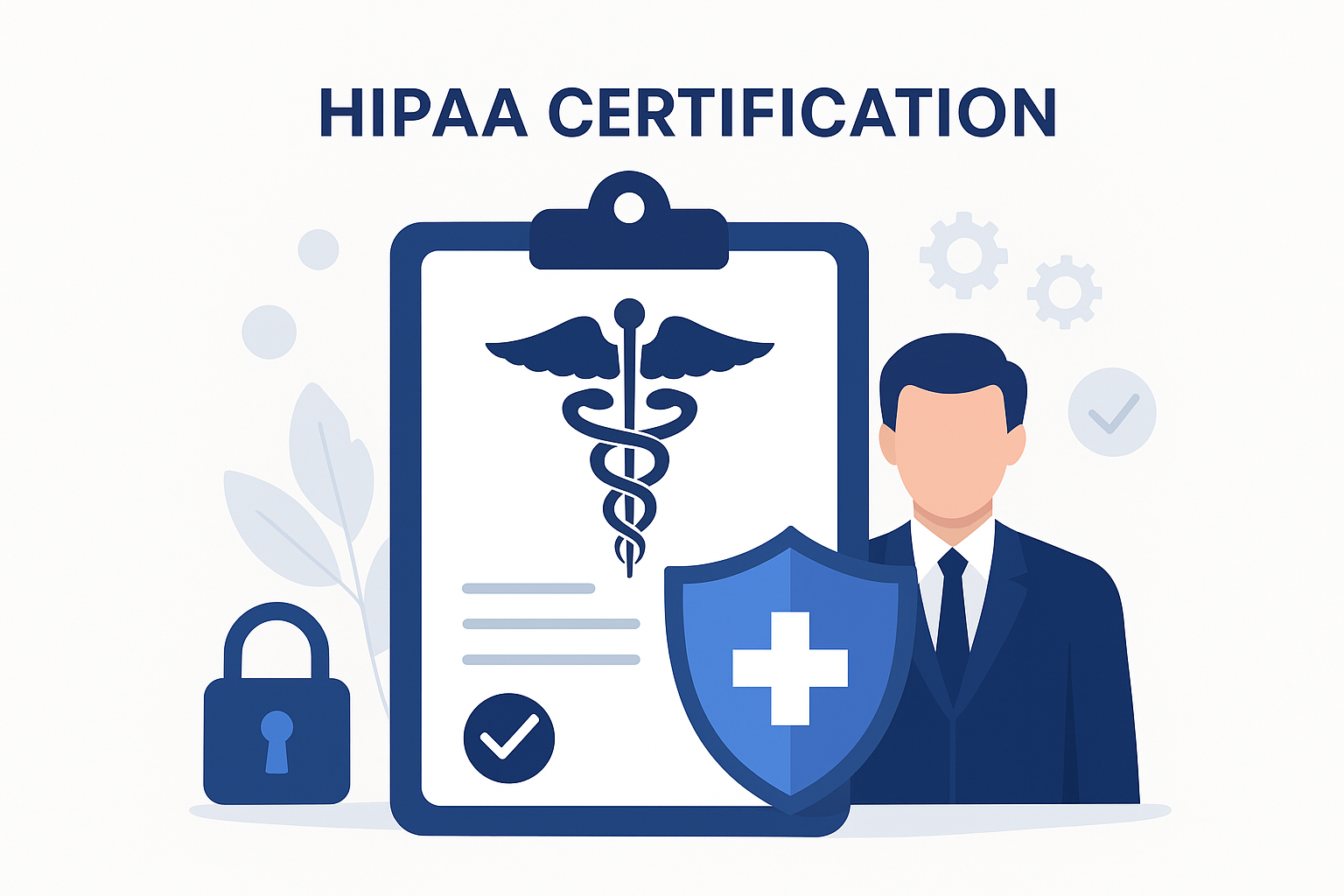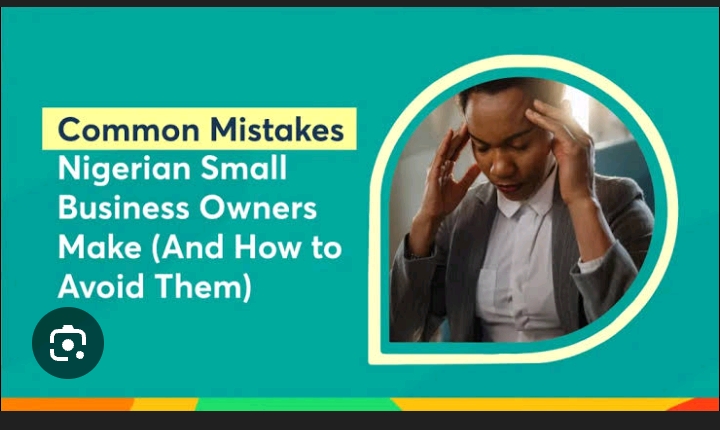THE NEED FOR FIRST AID: UNDERSTANDING BASIC FIRST AID PRACTICES
Injuries and accidents can happen at any time, anywhere, and to anyone. From a small cut to a major accident, knowing first aid can make all the difference in preventing further injury or even saving a life. That is why the importance of first aid cannot be overstated, and why it is essential for everyone to have a basic understanding of first aid practices.
First aid is the initial care given to someone who has been injured or has become ill before medical personnel arrive. It is designed to stabilize and improve the patient's condition until they can receive proper medical attention. First aid can be administered in a variety of settings, including at home, in the workplace, or even on the street. It is the first line of defense in the event of an emergency and can help prevent a situation from getting worse.
The practice of first aid is based on a set of principles that include assessing the situation, calling for help, providing basic care, and monitoring the patient's condition. When administering first aid, it is important to keep safety in mind at all times. This means taking precautions to protect yourself and others from harm. For example, if someone is injured in a car accident, you should turn on your hazard lights and put on your reflective vest before approaching the scene.
One of the most important principles of first aid is to assess the situation before taking any action. This involves checking for any potential hazards that may pose a threat to the patient or the first responder. Hazard identification is a key part of safety management, and it involves identifying any risks that could lead to an accident or injury. For example, if someone is injured in a chemical spill, it is important to identify the type of chemical and take appropriate safety measures before providing first aid.
When administering first aid, it is important to provide basic care that is appropriate for the situation. This may include providing CPR (cardiopulmonary resuscitation) if someone is not breathing, applying pressure to a wound to stop bleeding, or administering medication for someone with a known medical condition. Providing basic care requires knowledge of the proper techniques and equipment, as well as the ability to remain calm and focused under pressure.
Monitoring the patient's condition is also a crucial part of first aid. This involves keeping track of the patient's vital signs, such as pulse and breathing, and making any necessary adjustments to the treatment plan. Monitoring is an ongoing process that requires attention to detail and the ability to adapt to changing circumstances.
In addition to the principles of first aid, there are several basic practices that everyone should know in the event of an emergency. These include how to perform CPR, how to control bleeding, how to manage burns, and how to handle fractures and sprains. It is also important to know how to recognize signs of shock, which can occur when the body is not receiving enough blood and oxygen.
One professional safety term that is often used in the context of first aid is "personal protective equipment" or PPE. PPE is equipment that is designed to protect the wearer from hazards that may cause injury or illness. Examples of PPE include gloves, goggles, helmets, and respirators. When administering first aid, it is important to wear the appropriate PPE to protect yourself and the patient from any potential hazards.
Basic Rules for Treating Cuts, Burns, Bruises, and Sprains
Treating injuries correctly can help prevent infection, reduce pain, and promote healing. In this article, we will discuss the basic rules for treating cuts, burns, bruises, and sprains, according to the international safety organization standard. Below are basic rules on how to treat cuts, burns, bruises and sprains.

Cuts
Cuts or lacerations are injuries that occur when the skin is torn or cut open. The severity of the cut depends on the depth and size of the wound. Here are the basic rules for treating cuts:
Clean the wound - The first step in treating a cut is to clean the wound thoroughly. Wash your hands with soap and water, then rinse the wound with clean water to remove any dirt or debris. If there is bleeding, apply gentle pressure with a clean cloth or bandage to stop the bleeding.
Apply an antiseptic - After cleaning the wound, apply an antiseptic to help prevent infection. Antiseptics like hydrogen peroxide or rubbing alcohol can be used to clean the wound. If you have an iodine solution, it can also be used to prevent infection.
Cover the wound - Once the wound is clean and dry, cover it with a sterile bandage or dressing. This will help keep the wound clean and prevent further injury.
Burns
Burns can be caused by heat, chemicals, electricity, or radiation. The severity of the burn depends on the depth and size of the injury. Here are the basic rules for treating burns:
Cool the burn - The first step in treating a burn is to cool the affected area. Run cool water over the burn for at least 10-15 minutes. This will help reduce pain and swelling.
Cover the burn - After cooling the burn, cover it with a sterile bandage or dressing. This will help prevent infection and keep the burn clean.
Take pain relievers - If you are experiencing pain, you can take over-the-counter pain relievers like acetaminophen or ibuprofen. These medications can help reduce pain and inflammation.

Bruises
Bruises occur when blood vessels under the skin are damaged or broken. They can be caused by trauma, such as a bump or fall. Here are the basic rules for treating bruises:
Apply ice - The first step in treating a bruise is to apply ice to the affected area. This will help reduce swelling and pain. Wrap a cold pack or ice in a cloth and apply it to the bruise for 10-15 minutes at a time.
Elevate the affected area - If possible, elevate the affected area above the heart. This will help reduce swelling.
Take pain relievers - If you are experiencing pain, you can take over-the-counter pain relievers like acetaminophen or ibuprofen. These medications can help reduce pain and inflammation.
Sprains
Sprains occur when ligaments, the tough bands of tissue that connect bones to each other, are stretched or torn. They can be caused by a sudden twist or turn of the joint. Here are the basic rules for treating sprains:
Rest the affected area - The first step in treating a sprain is to rest the affected area. Avoid putting weight on the injured joint and try to keep it elevated.
Apply ice - Apply ice to the affected area for 10-15 minutes at a time. This will help reduce swelling and pain.
In conclusion, the importance of first aid cannot be overstated. It is an essential skill that everyone should have, and it can make all the difference in preventing further injury or even saving a life. By understanding the principles of first aid and basic first aid practices, you can be better prepared to handle emergencies and help others in need. Remember to always prioritize safety when administering first aid, and to wear the appropriate personal protective equipment.
































.jpeg)
.webp)








(0) Comment
(0) Comment